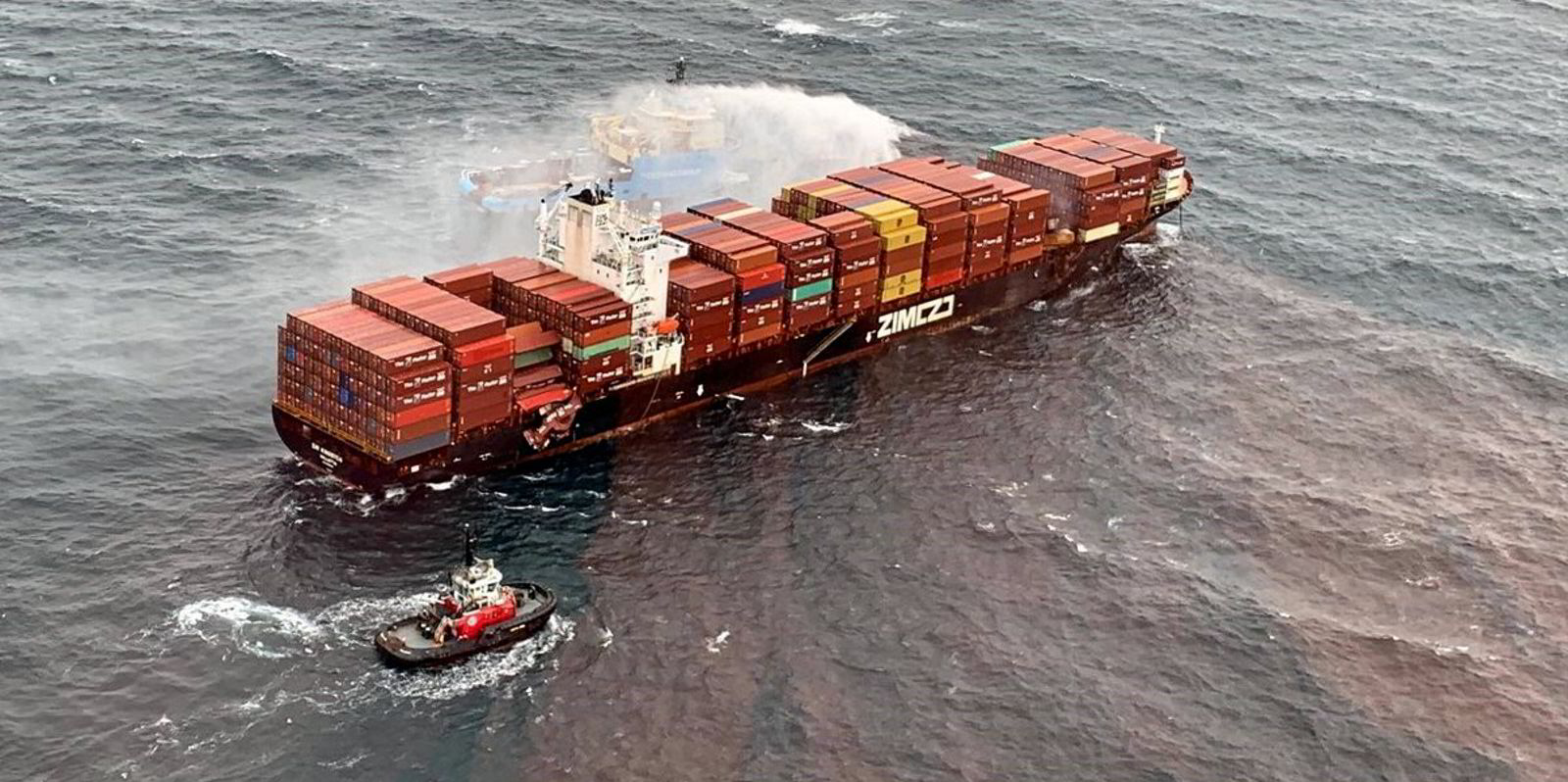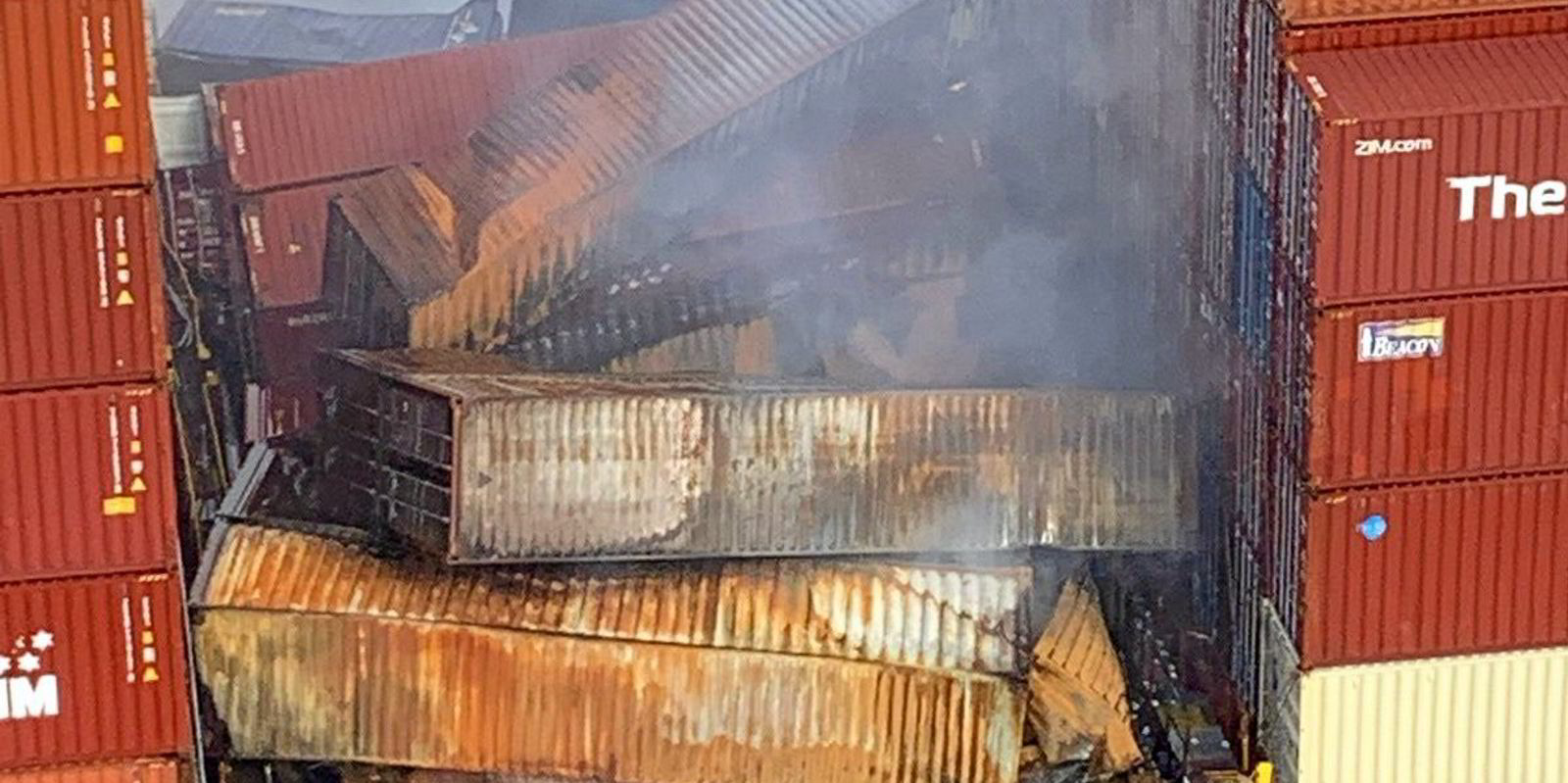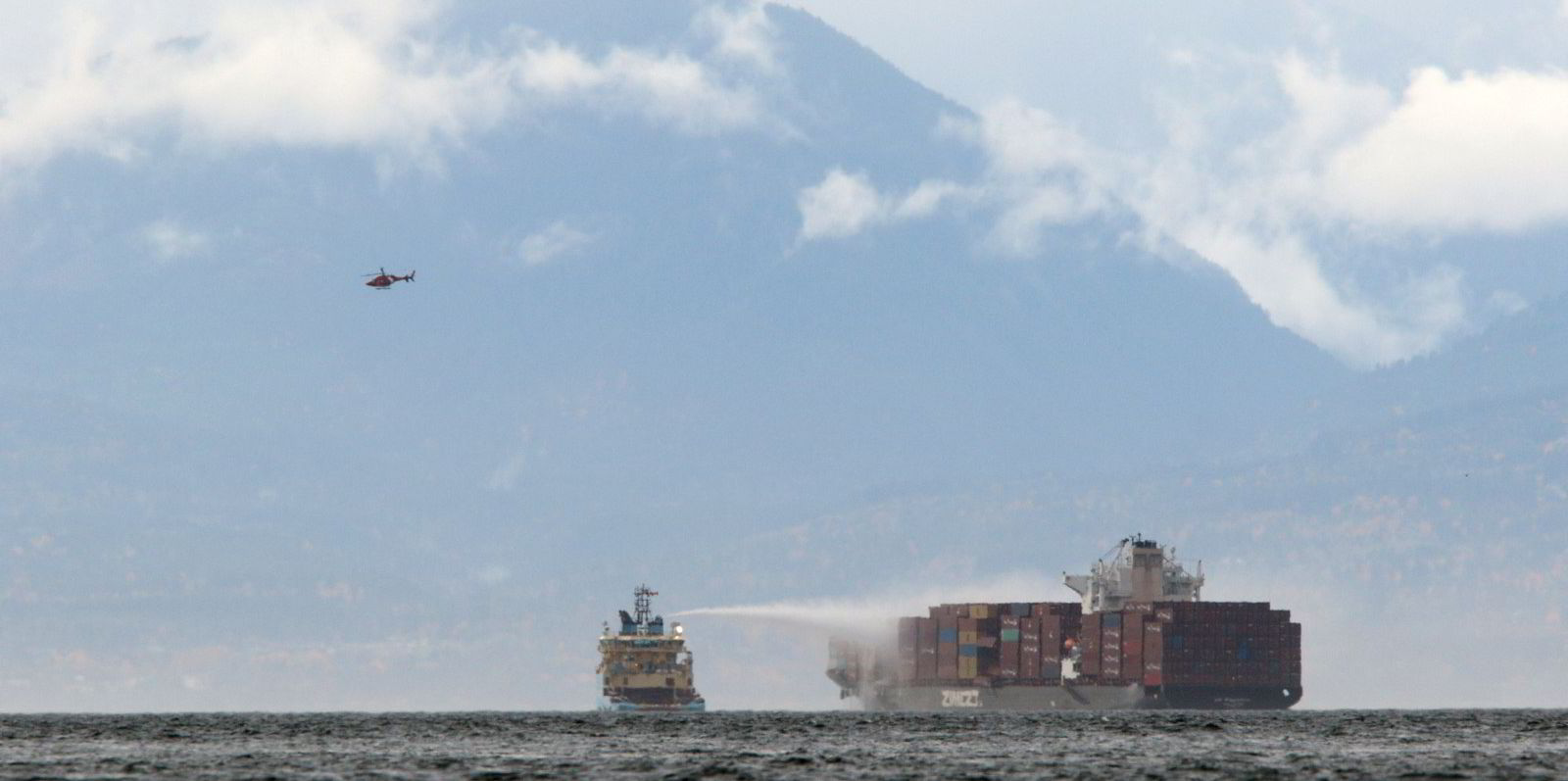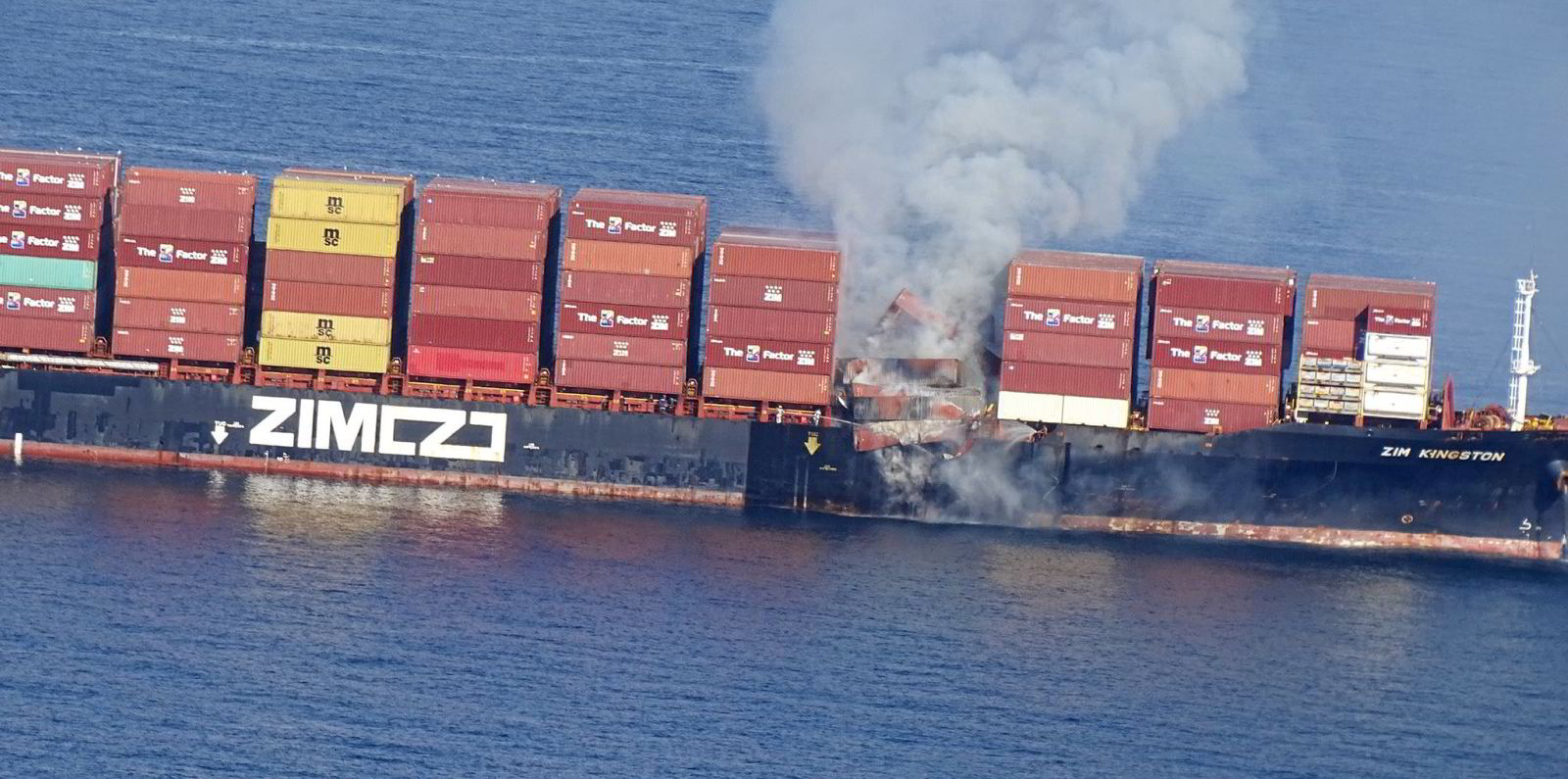The cause of a fire that broke out aboard a Zim-operated containership off Canada on Friday remains unknown, the Canadian Coast Guard (CCG) said.
The 4,253-teu Zim Kingston (built 2008) had sailed into bad weather resulting in dozens of containers falling overboard, while others that were still on the ship caught fire.
Some of the containers were carrying potassium amyl xanthate, a flammable and toxic chemical that was hindering efforts to extinguish the fire.
"We still don't know what the initial cause of the fire was but this will be determined in coming days," Mariah McCooey, superintendent of maritime search and rescue, said on Monday during a press conference.
"The focus of everyone right now is harmonised around getting this situation under control, ensuring no loss of life and limiting the damage to the environment to the extent possible."
No harm to humans or sealife
There have been no impacts on human health and marine species, but high winds from a cyclone bomb storm may slow salvage efforts, she said.
The containers that had caught fire on the ship appeared to be just smouldering, McCooey said.
"I did just get back about half an hour ago from helicopter overflight, and I can confirm that it does look really good," she said.
"It looks like the containers that were burning are now just sort of smouldering. There's certainly no more open flame visible on the ship which is really positive."
A salvage master with Resolve Marine Group did confirm, however, that some boxes still had small internal fires, but the ship was securely anchored within a one-nautical-mile safety zone, planning section unified commander Paul Barett said.
"No substantial changes aboard Zim Kingston have been noted at this time," he said.
The CCG estimates that two of the containers that fell off the ship contain hazardous material, which should quickly dissolve if it leaks into the ocean, said Gillian Oliver, the agency's advanced planning unit leader.
"It is water-soluble, not expected to be persistent in the environment," she said.
"Any aquatic impacts are expected to be acute and near the source of discharge, and I know our environmental unit is being stood up and is looking into this."
She said the containers are drifting about 12 nautical miles (22 km)off the shore of Vancouver Island in a north-northwest trajectory parallel with the island.
"Based on this information we do not anticipate them coming ashore but that doesn't mean there is no possibility of that happening," she said.







